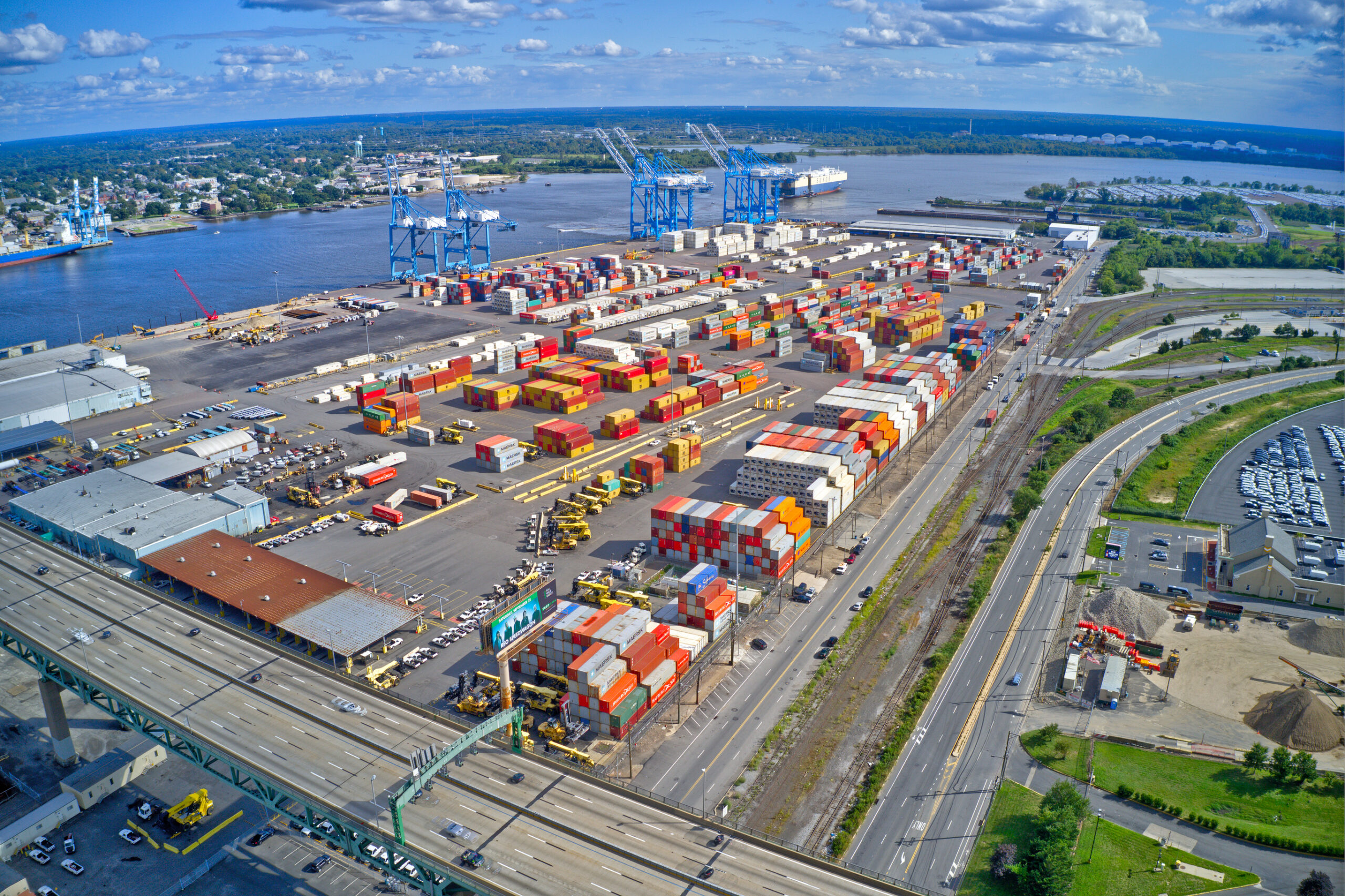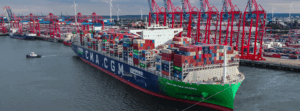As the strike by the ILA at the US East Ports continues, and with the ongoing speculation as to how long this might last, Denmark-based research and analysis specialist Sea‑Intelligence has analyzed the impact that the length of the strike will have on the global fleet and the weekly capacity in TEU terms.
At present the shipping lines are pushing a full contingent of capacity from 62 deep sea services, which, unless there is a very rapid and unexpected resolution to the industrial dispute, will have to wait at anchorage at the first port of call on their discharge schedule.
In addition to that there are vessels which have already commenced their discharge rotation and will have to wait at their second, third or even fourth port of call depending on how much of their schedule they have already completed prior to the strike taking place.
Hence Figure 1 represents both the vessels that are already stuck on the US East Coast as well as the additional vessels that are arriving this week on the US East Coast.
This chart compares the amount of capacity lost per week and the cumulative share of the Global Fleet that these weekly capacity losses represent.
As the chief executive officer of Sea-Intelligence Alan Murphy explains, in the first week the capacity loss is at its highest (around 775,000 TEU) due to the vessels already stuck on the US East Coast plus the incoming vessels with the subsequent 3 weeks showing a loss of around 443,000 TEU as only the “new” arrivals are being counted.
“Should the strike last 4 weeks, causing almost 7 % of the global fleet to be tied up along the US East Coast, the overall impact on the supply and demand equation will be very significant,” Murphy says.



